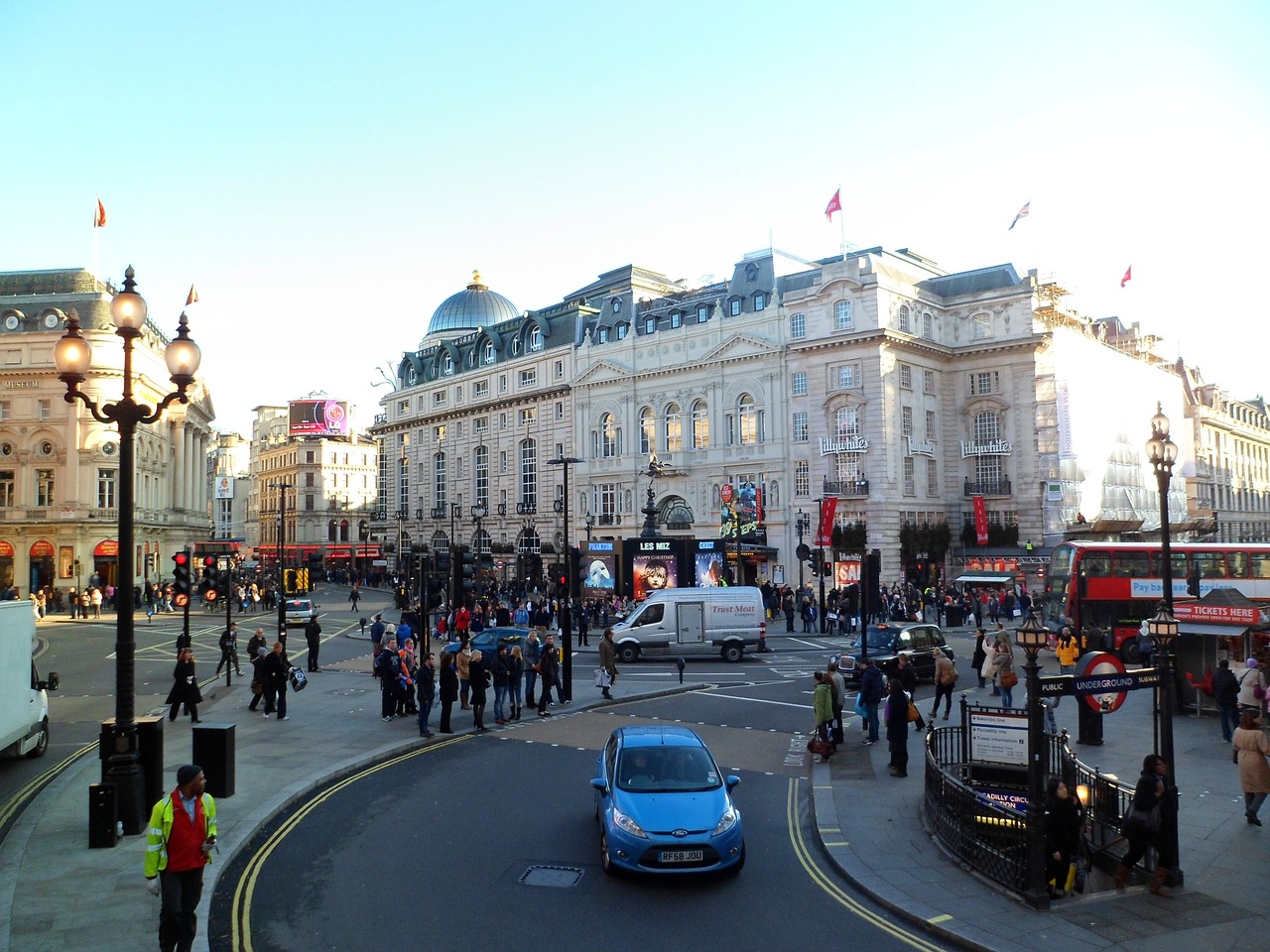The British Isles, a tapestry of history, are adorned with architectural marvels ranging from medieval abbeys to grand country homes. These structures offer unique windows into the past, each with a story that echoes through time.
This exploration uncovers Britain’s hidden architectural gems: the historic Black Abbey in Kilkenny, the grand Dudmaston Hall in Shropshire, the regal Witley Court in Worcestershire, and the storied Houghton House in Bedfordshire. Each site’s unique heritage and beauty stands as a testament to different epochs in British history.
The Enigmatic Charm of Black Abbey
Located in the historic city of Kilkenny, Ireland, the Black Abbey is a remarkable testament to the Dominican Order’s legacy. Founded in 1225 by William Marshal, the younger Earl of Pembroke, this monastery has stood the test of time, surviving events like the Black Death and the turmoil of the Elizabethan Reformation.
Known for the distinctive black cloak worn by Dominican friars, the Abbey has seen centuries of religious evolution. Today, as a restored monument, it offers visitors a rare glimpse into Ireland’s medieval monastic life, its rich spiritual history, and the resilience of faith through ages of change and adversity.
Dudmaston Hall: A Testament to Timeless Elegance
Dudmaston Hall, situated in the serene Severn Valley of Shropshire, is a splendid example of 17th-century British architecture. Held by the Wolryche family since the 15th century, this National Trust property encapsulates the evolution of British aristocracy and land stewardship.
Stately design and luxurious interiors at Dudmaston Hall weave a tale of historical magnificence. This architectural marvel, set amidst expansive gardens that meld manicured lawns with natural woodlands, presents a stunningly picturesque landscape. Furthermore, the art collection within the hall, boasting significant pieces from renowned artists such as Henry Moore and Barbara Hepworth, solidifies Dudmaston’s status as a pivotal centre of cultural and artistic heritage in Britain.
Exploring the Mystique of Witley Court
Witley Court in Worcestershire, an emblem of Italianate architectural splendour, now stands majestically in ruins. Once a testament to Victorian and Edwardian opulence, this mansion underwent a transformative journey in the 19th century, evolving into a palatial wonder.
The devastating fire of 1937 marked its descent into a state of poetic decay, symbolizing the transience of grandeur. Today, under English Heritage’s care, the estate continues to mesmerize visitors with its enchanting gardens and the mesmerizing Perseus and Andromeda fountain, a lasting remnant of its luxurious past.
The Forgotten Splendour of Houghton House
Houghton House in Bedfordshire, today a poignant and evocative ruin, boasts a rich history dating back to the early 17th century. Conceived and brought to life by the distinguished architects John Thorpe and Inigo Jones, the mansion was commissioned by Mary Herbert, Dowager Countess of Pembroke, a notable figure of the era. Renowned for its harmonious blend of Jacobean and Classical architectural elements, the house stood as a beacon of design and elegance.
Its literary connection to John Bunyan’s ‘The Pilgrim’s Progress’ adds a layer of enchantment to its history. In the 18th century, the mansion slowly transformed into the ruin it is today, gradually evolving from a symbol of aristocratic grandeur to a haunting yet beautiful testament to the passage of time. Now, as a tranquil, serene site, Houghton House continues to captivate those who wander through its remains, inspiring awe and reflection in its silently majestic state.
Rediscovering Britain’s Architectural Narrative
The architectural tapestry of Britain, steeped in rich history, art, and cultural heritage, narrates the nation’s multifaceted past. Each landmark, from the sacred corridors of Black Abbey to the refined sophistication of Dudmaston Hall, the poignant remains of Witley Court, and the romantic allure of Houghton House, beckons us to embark on a journey through epochs.
These sites are more than mere structural marvels; they are vibrant chronicles of history, each holding a unique story to be discovered and revered. They provide a rare opportunity for history enthusiasts, art lovers, and explorers alike to immerse themselves in Britain’s diverse architectural narrative, celebrating the famed landmarks and the hidden, equally majestic architectural treasures scattered across the Isles. Each visit is an encounter with the past, an experience that enriches our understanding of the intricate tapestry that makes up Britain’s historical and cultural identity.




